Elixir of life
Hidden crisis beneath our feet: Preserving groundwater for future generations
Elixir of life
Hidden crisis beneath our feet: Preserving groundwater for future generations
“Leaving the earth’s surface open is like an open wound that leads to contamination.”
These words of noted environmentalist Dr Ravi Chopra encapsulate the gravity of the unregulated drilling of borewells in India. In this article, we delve into the pressing issue of unsustainable groundwater extraction and emphasise the need for scientific studies and responsible measures to address this critical crisis. By exploring successful techniques adapted at GoodEarth, we discover ways to preserve and replenish this invaluable resource, fostering a sustainable future for generations to come.
Understanding the crisis
In India, the uncontrolled digging of borewells is a prevalent practice, driven by the urgent need for water. However, the absence of scientific studies and guidelines during this process often leads to deep drilling or overextraction, causing the rapid depletion of groundwater. Worse yet, defunct borewells are left improperly closed, exacerbating contamination risks and further contributing to the water scarcity problem. To combat this crisis, it is crucial that we shift our perspective on groundwater, recognising it as a repository rather than an inexhaustible source, and adopt responsible practices to ensure its long-term availability.
Seeking hydrogeological expertise
Harnessing the knowledge and expertise of hydrogeologists is essential for achieving sustainable water management. By consulting these experts and employing advanced techniques such as Vertical Electrical Sounding (VES) studies, communities and individuals can gain a comprehensive understanding of groundwater dynamics in their areas. These studies accurately identify aquifer locations and storage capacities, providing crucial insights into properties, depth, yield, and spatial distribution. Armed with this information, informed decisions can be made regarding borewell placement and effective recharge strategies.
At GoodEarth Malhar, the team recognised the importance of scientific intervention when faced with challenges in replenishing groundwater. Mr Ashok Kumar, a geologist, played a pivotal role in providing a more holistic view of the efforts already expended at Malhar. Through the conduct of VES studies, Ashok’s expertise provided a comprehensive water map of the area, which revealed a significant decline in groundwater levels over the years. Pointing at an important finding of the study, Prashanth Palanisamy, Director – Design at GoodEarth, highlighted how Malhar received 150 million litres of water through rain every year, while the community as a whole needed only 90 to 100 million litres, leaving a surplus of 40 to 50 million litres of rainwater. This surplus indicated the potential for saving a significant amount of water and replenishing the groundwater aquifer through scientific and concerted efforts.
Recognising the need to replenish the groundwater aquifer, the team understood that thoughtful intervention was required. These findings not only shed light on the current situation but also revealed a silver lining—a possibility to conserve and restore the balance of water resources. Through scientific and concerted efforts, the surplus rainwater can be effectively managed, saving valuable water and replenishing the groundwater aquifer. This knowledge serves as a driving force to implement sustainable practices and ensure the long-term availability of this precious resource.
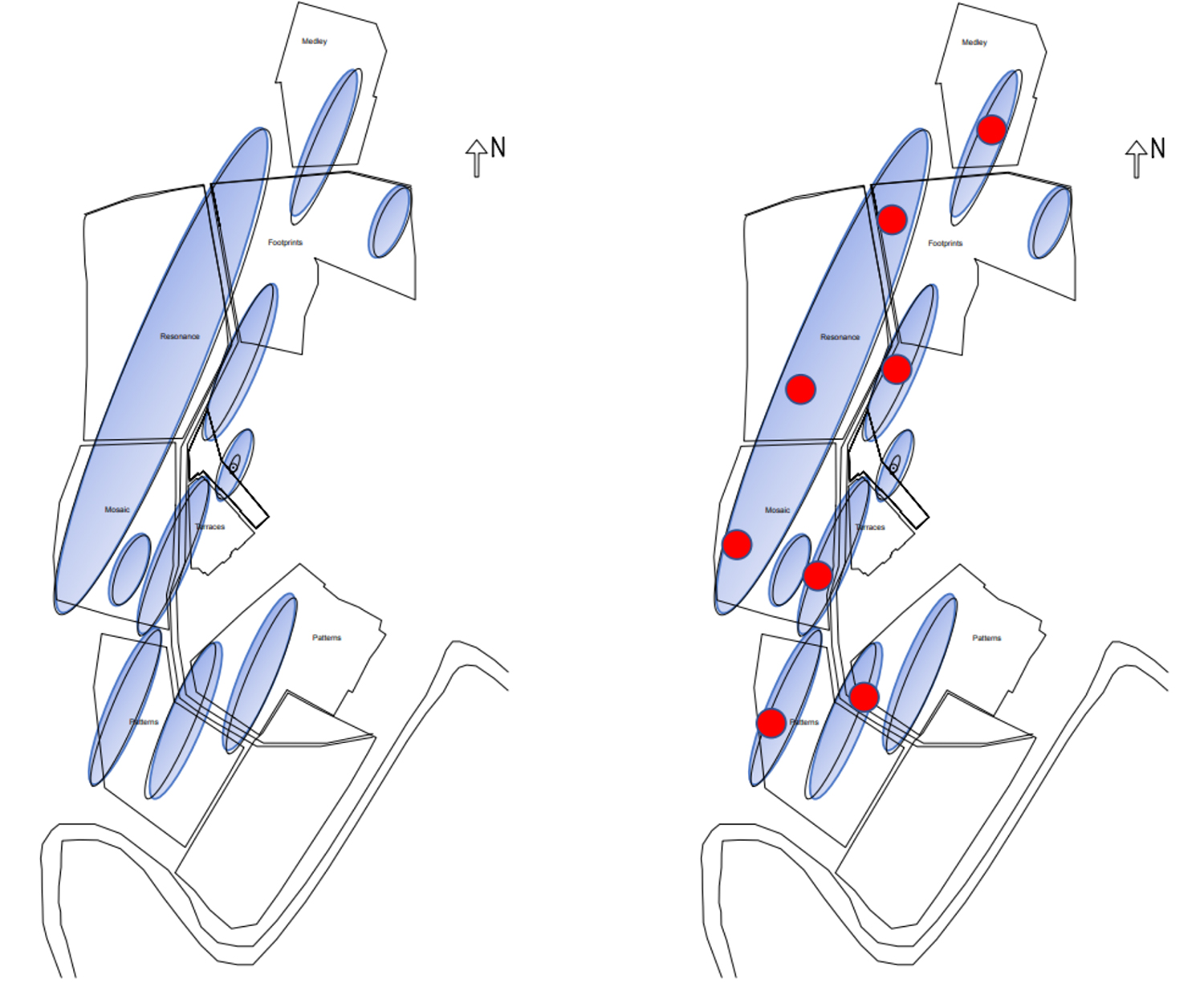
VES study of GoodEarth Malhar Eco-village showing the positions of aquifers and points for recharge through inwells
Measures to preserve and recharge aquifers
Reversing the adverse effects of unregulated drilling requires a comprehensive and multifaceted approach. It is crucial to shift our focus from mere extraction to improving water quality and recharging aquifers. Drawing inspiration from the successful practices at GoodEarth Malhar, we can implement a range of soil and water management measures to effectively preserve and replenish our groundwater resources.
At GoodEarth Malhar, a variety of techniques have been implemented with remarkable success. These include:
- Reverse slope: By creating a reverse slope, water runoff is directed towards the recharge areas, allowing it to percolate into the ground and replenish the aquifers. This simple yet effective measure minimizes surface runoff and maximizes water infiltration.

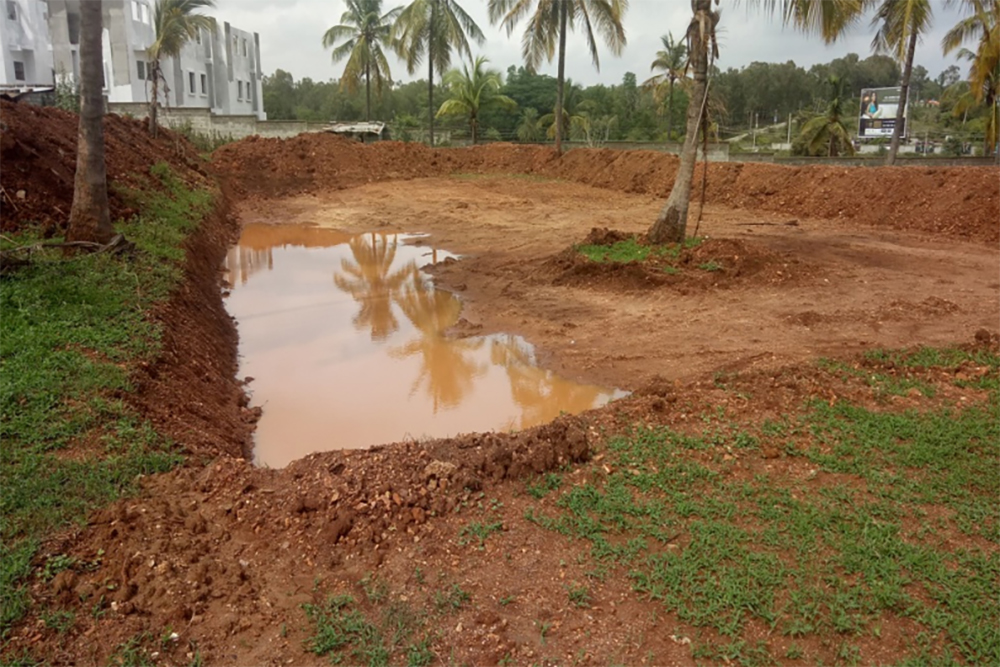
- Staggered trenching: Staggered trenching involves creating trenches in a staggered pattern, promoting the infiltration of rainwater and reducing soil erosion. This technique enhances water retention within the soil, supporting the replenishment of groundwater.
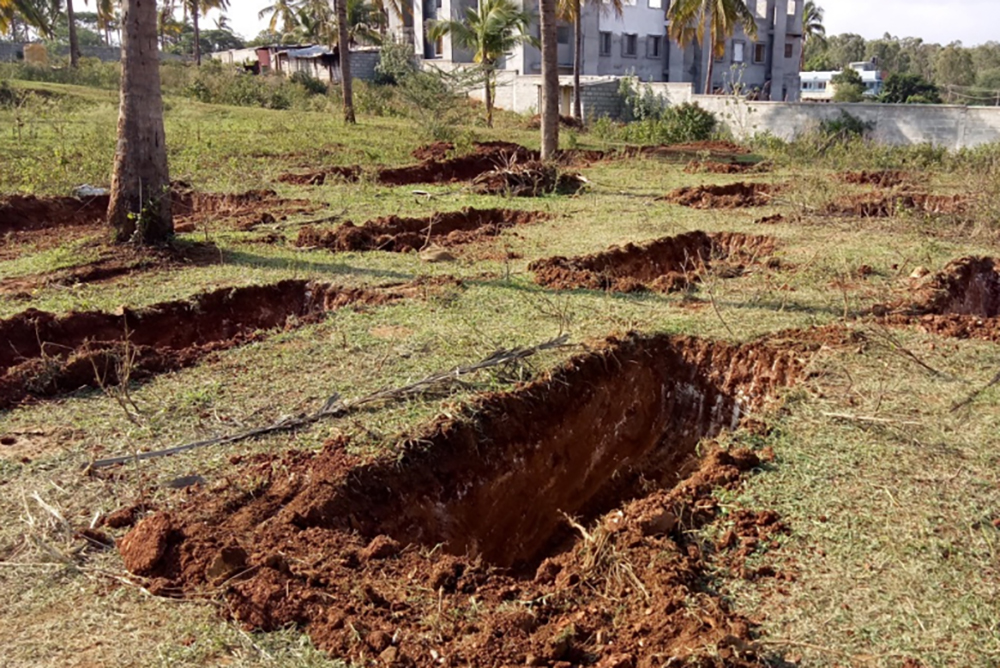
- Farm ponds and tree berns: Constructing farm ponds and tree berns helps in harvesting rainwater and facilitating its gradual percolation into the ground. These features act as storage reservoirs, ensuring a sustained supply of water to the aquifers and promoting the growth of vegetation.
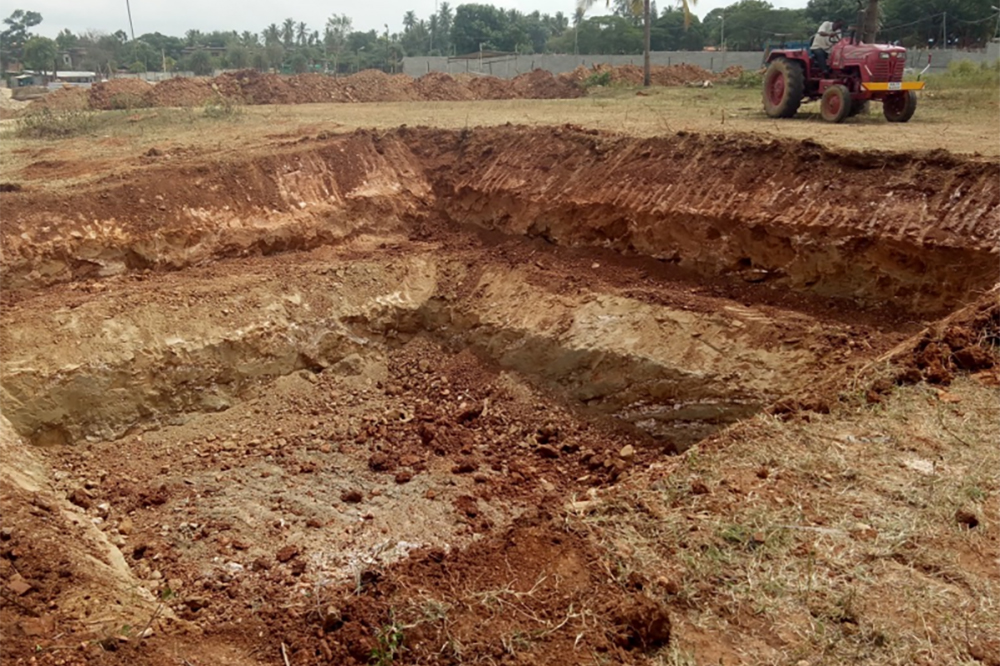
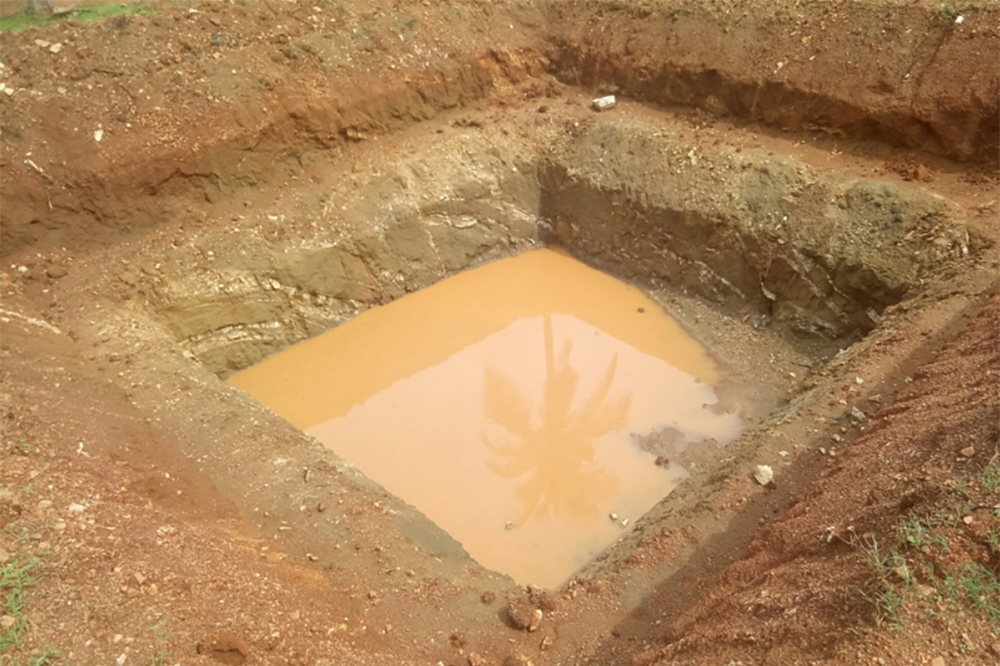
- Deep recharge wells: Deep recharge wells are specifically designed to recharge groundwater through controlled percolation. By drilling these wells strategically in areas with high groundwater potential, we can replenish aquifers and maintain their optimal storage levels.
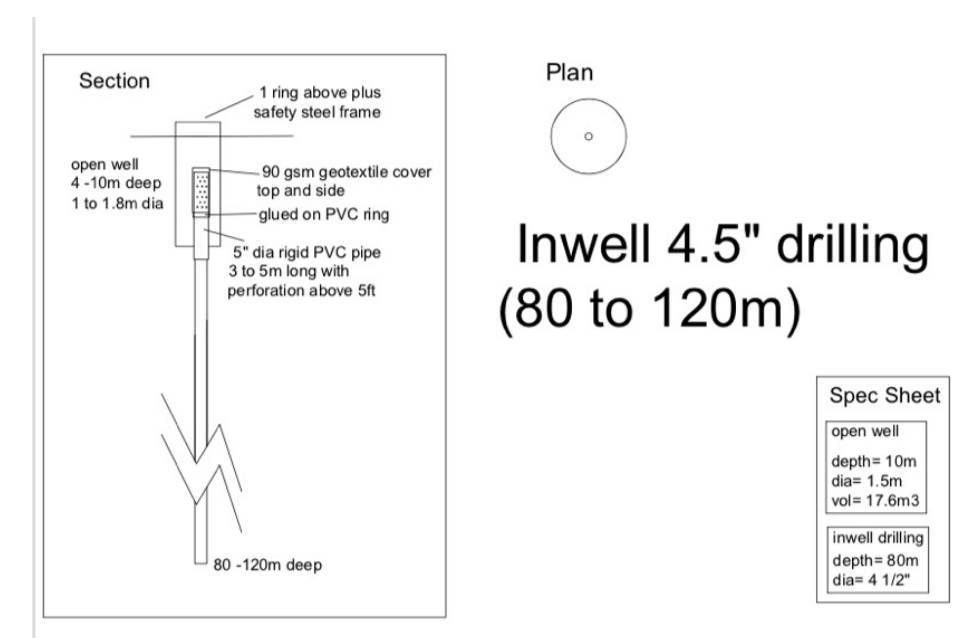
The design of deep recharge wells specifically designed for GoodEarth Malhar Eco-village after the VES study
- Rainwater harvesting: Capturing and storing rainwater through techniques like rooftop rainwater harvesting systems can significantly contribute to recharging aquifers. Collecting rainwater and channelling it into storage tanks or underground reservoirs through scientifically designed filtration pipes allows for its gradual seepage into the ground, replenishing groundwater levels. A geo-membrane tank can also be used to store rainwater which then can be later utilised.

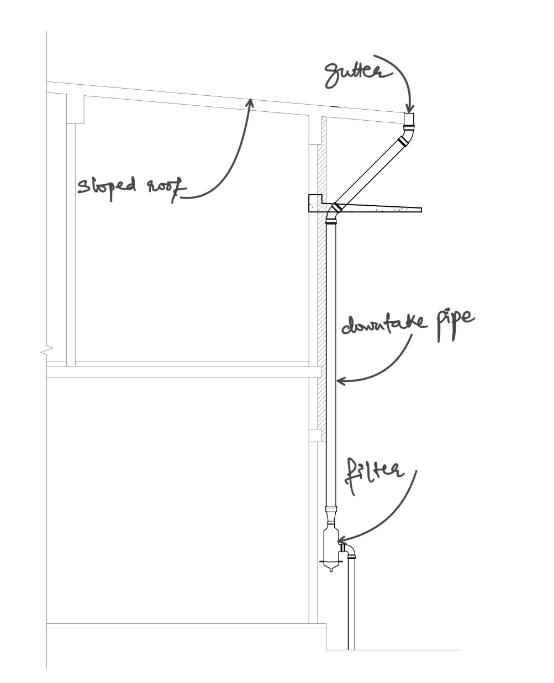
Rainwater harvesting technique adopted at GoodEarth
- Treating wastewater and mulching: To conserve water and nurture soil health, treating wastewater for irrigation purposes proves effective. By implementing appropriate treatment processes, we can repurpose wastewater, reducing the reliance on freshwater sources. Additionally, employing mulching techniques aids in soil moisture retention, minimizing evaporation and optimizing water usage for irrigation.
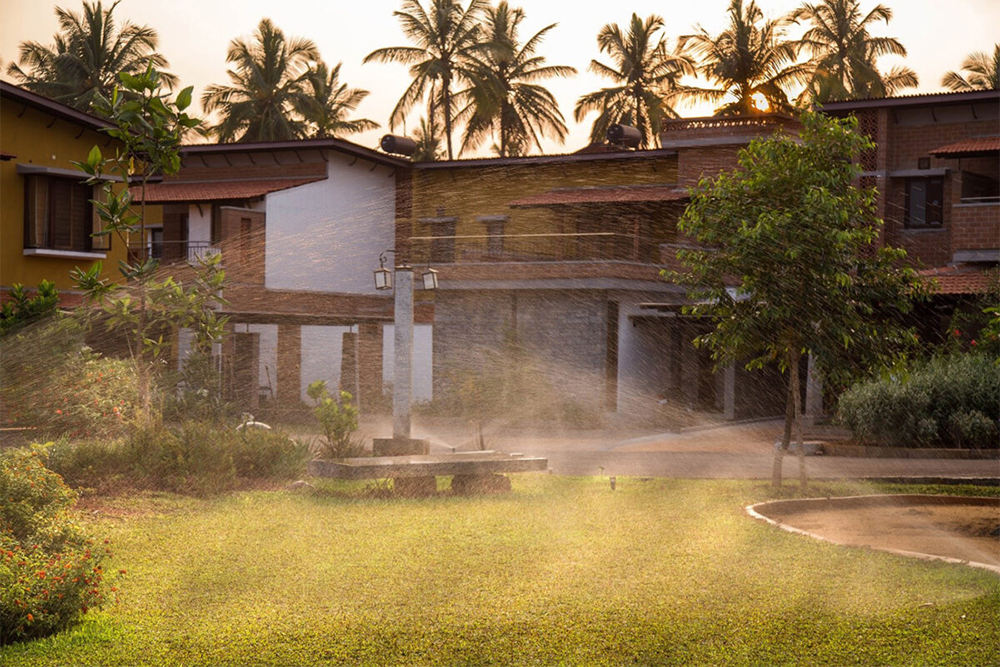
Excess treated water at Malhar Eco-village from the sewage treatment plant is utilised for irrigating the lawns.

By protecting the soil with mulching which retains water, there is a significant decrease of loss of water through transpiration and evapo-transpiration at Malhar Eco-village.
Measures to preserve and recharge aquifers
Reversing the adverse effects of unregulated drilling requires a comprehensive and multifaceted approach. It is crucial to shift our focus from mere extraction to improving water quality and recharging aquifers. Drawing inspiration from the successful practices at GoodEarth Malhar, we can implement a range of soil and water management measures to effectively preserve and replenish our groundwater resources.
At GoodEarth Malhar, a variety of techniques have been implemented with remarkable success. These include:
- Reverse slope: By creating a reverse slope, water runoff is directed towards the recharge areas, allowing it to percolate into the ground and replenish the aquifers. This simple yet effective measure minimizes surface runoff and maximizes water infiltration.


- Staggered trenching: Staggered trenching involves creating trenches in a staggered pattern, promoting the infiltration of rainwater and reducing soil erosion. This technique enhances water retention within the soil, supporting the replenishment of groundwater.

- Farm ponds and tree berns: Constructing farm ponds and tree berns helps in harvesting rainwater and facilitating its gradual percolation into the ground. These features act as storage reservoirs, ensuring a sustained supply of water to the aquifers and promoting the growth of vegetation.


- Deep recharge wells: Deep recharge wells are specifically designed to recharge groundwater through controlled percolation. By drilling these wells strategically in areas with high groundwater potential, we can replenish aquifers and maintain their optimal storage levels.

The design of deep recharge wells specifically designed for GoodEarth Malhar Eco-village after the VES study
- Rainwater harvesting: Capturing and storing rainwater through techniques like rooftop rainwater harvesting systems can significantly contribute to recharging aquifers. Collecting rainwater and channelling it into storage tanks or underground reservoirs through scientifically designed filtration pipes allows for its gradual seepage into the ground, replenishing groundwater levels. A geo-membrane tank can also be used to store rainwater which then can be later utilised.


Rainwater harvesting technique adopted at GoodEarth
- Treating wastewater and mulching: To conserve water and nurture soil health, treating wastewater for irrigation purposes proves effective. By implementing appropriate treatment processes, we can repurpose wastewater, reducing the reliance on freshwater sources. Additionally, employing mulching techniques aids in soil moisture retention, minimizing evaporation and optimizing water usage for irrigation.

Excess treated water at Malhar Eco-village from the sewage treatment plant is utilised for irrigating the lawns.

By protecting the soil with mulching which retains water, there is a significant decrease of loss of water through transpiration and evapo-transpiration at Malhar Eco-village.
Thus, by adopting these measures and tailoring them to local conditions, we can preserve our precious groundwater resources while ensuring their long-term sustainability. Each step taken towards responsible water management contributes to the mitigation of the groundwater crisis, nurturing its replenishment. Together, we can make a lasting impact and preserve the lifeline beneath our feet for generations to come.
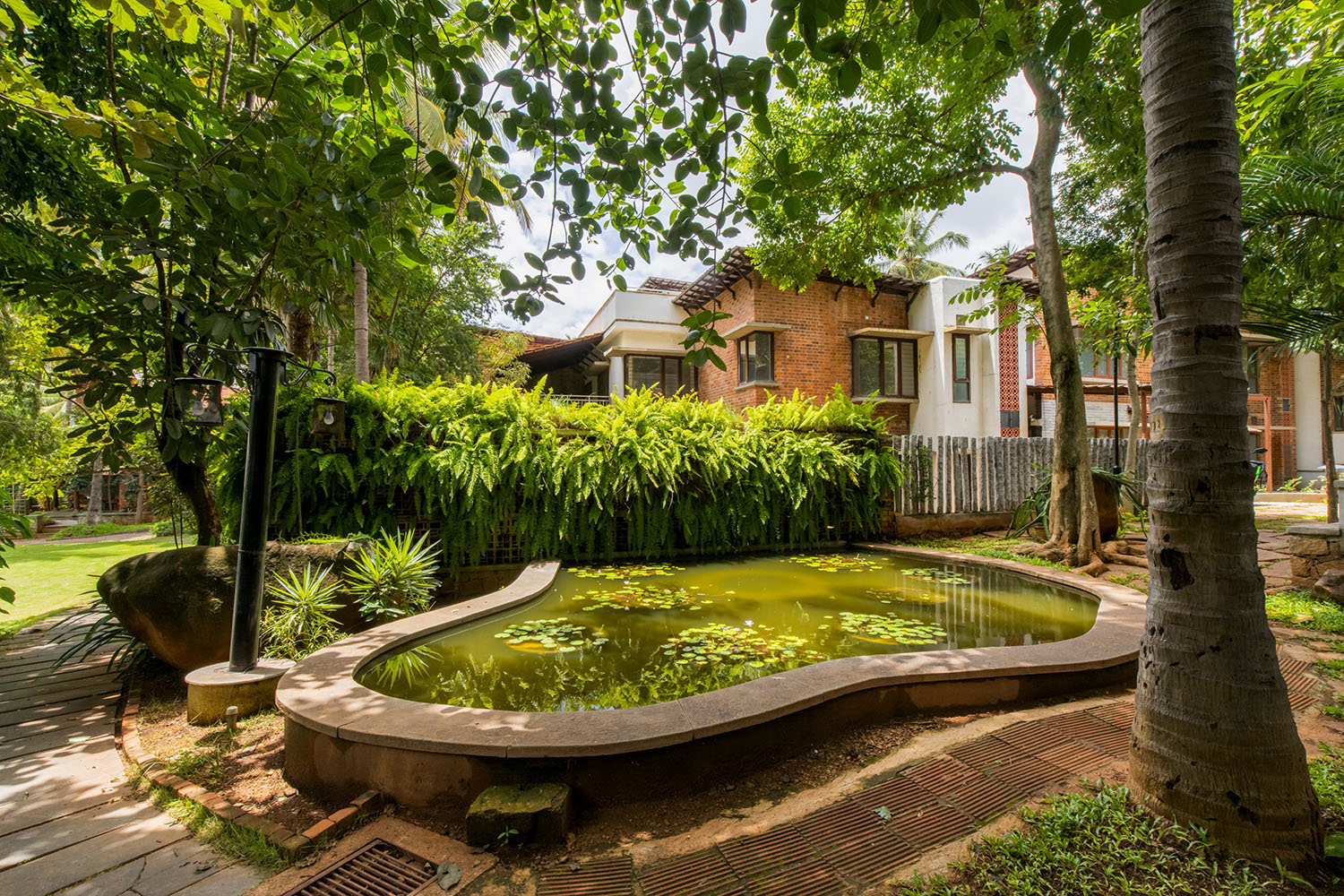
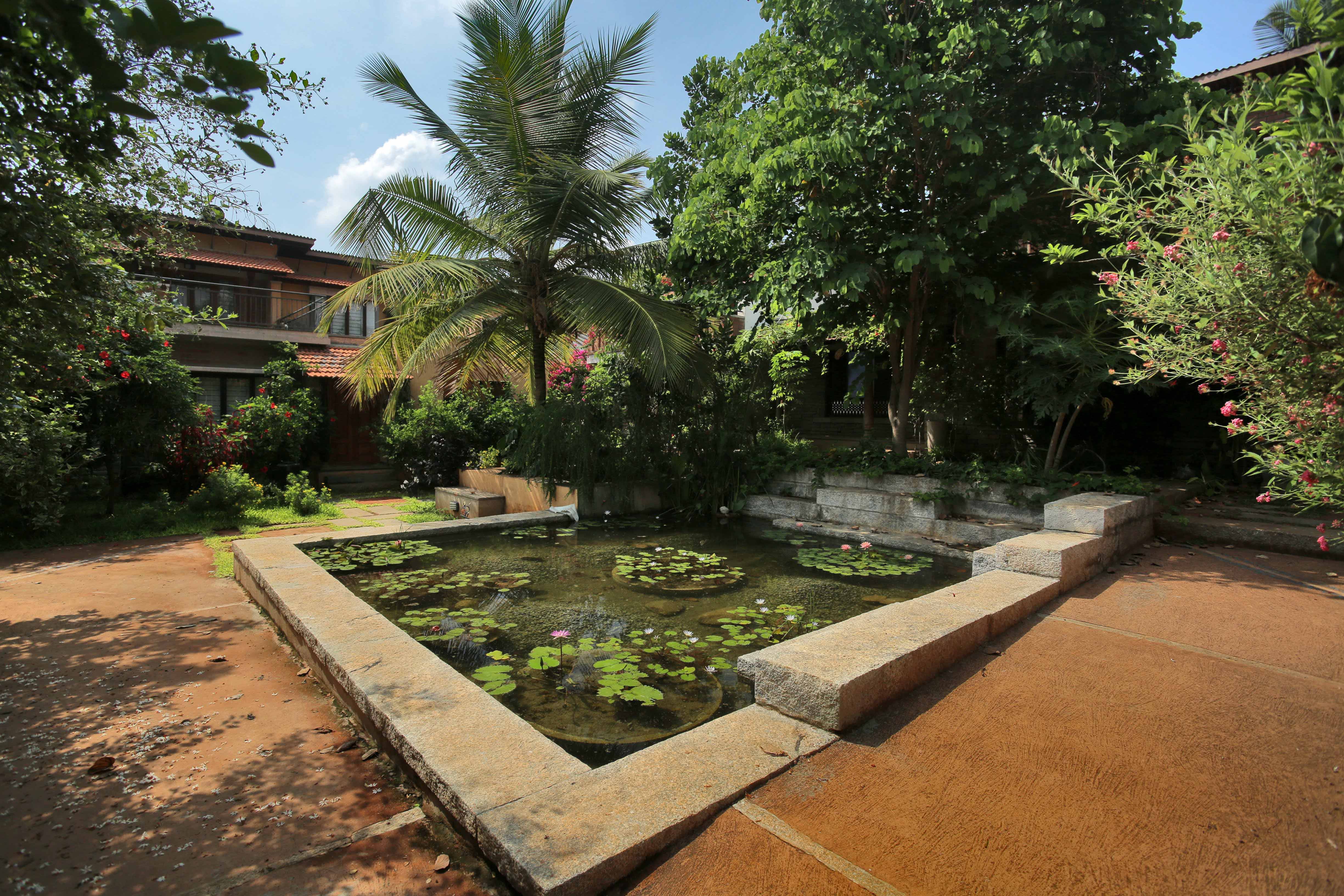
Leave A Comment